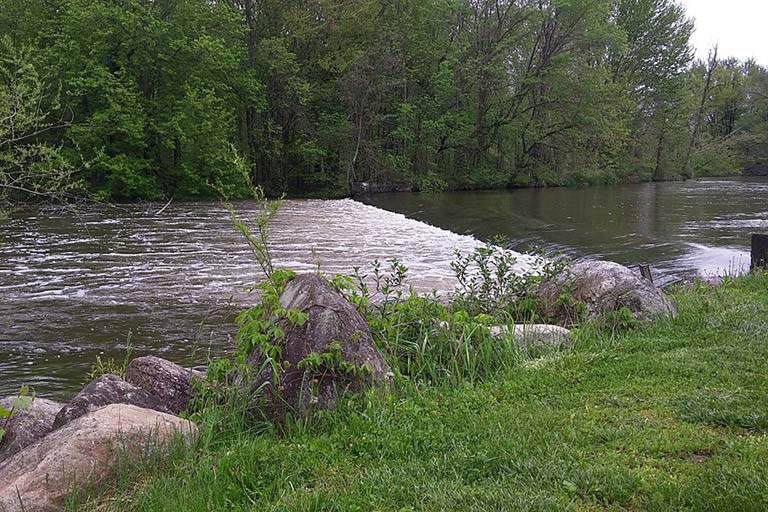The Problem
The St. Joseph River Basin and other watersheds in Indiana have experienced heavy spring flooding in recent years exacerbated by environmental change. Without better alternatives for managing waterways, government units will likely default to traditional flood control solutions, such as river channelization and large, costly reservoirs, to deal with increased flooding. These infrastructure projects come with high environmental costs, including loss of biodiversity and social and ecological damage.




